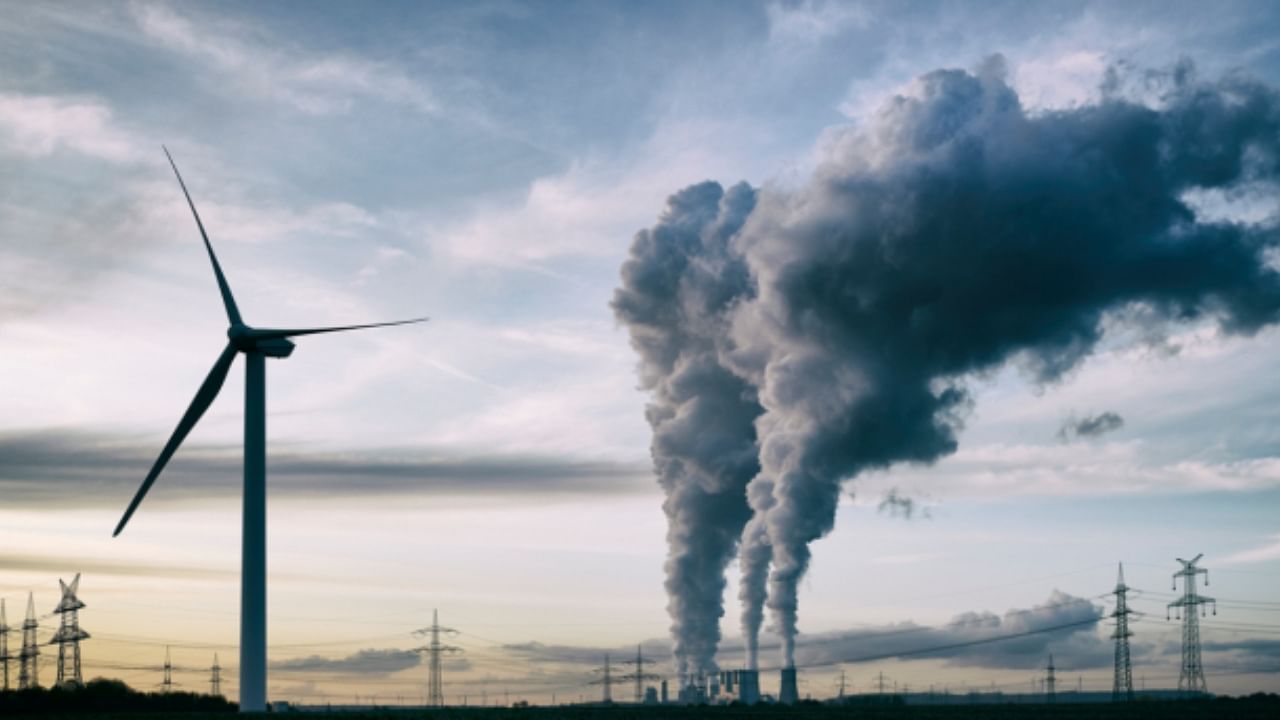
New Delhi, Aug 3: The Union Cabinet on Wednesday approved India's new greenhouse gas emission reduction targets, committing to move on a green growth trajectory by reducing the GDP’s emission intensity by 45 per cent by 2030.
The Cabinet also accorded its stamp of approval on achieving 50 per cent cumulative electric power installed capacity from non-fossil fuel-based sources by 2030. The emission intensity reduction is in comparison to the level in 2005.
Both were part of Prime Minister Narendra Modi’s “panchamrit” (five nectar) announcement made at Glasgow climate summit last November when he said India would achieve a “Net Zero” status by 2070.
The new targets would be a part of India’s updated NDC (Nationally Determined Contribution), which New Delhi would soon submit to the UN Framework Convention on Climate Change. The previous NDC was submitted to the UN body on October 2, 2015.
“Two other quantitative targets from Glasgow are built into the two updated quantitative targets. The 50 per cent installed electric capacity target covers the announcement of 500 GW non-fossil energy capacity,” an official told DH.
“Also the updated NDC on emissions intensity covers the announcement of reduction in one billion tonnes of carbon dioxide till 2030. These announcements are a step towards achieving Net Zero by 2070.”
The Centre said the updated NDC, represents the framework for India’s transition to cleaner energy for the period 2021-2030.
According to an official statement, the updated framework along with tax concessions and production linked incentive schemes will help enhance India’s manufacturing capabilities and exports while hiking the number of green jobs.
"This is an important action at this time when the world is seeing less action on climate change,” said Sunita Narain, director general of the Centre for Science and Environment, reacting to the Cabinet decision.
“But the disappointment is, we have stated that we will have 50 per cent installed non-fossil fuel capacity by 2030 instead of what we said in Glasgow - India will meet 50 per cent of electricity requirements from renewable sources by 2030."
Narain said to meet 50 per cent electricity from non-fossil sources by 2030, India would need to have 65-70 per cent installed capacity of non-fossil sources.
This is because India will need to increase its energy consumption but the growth should be on renewable and non-fossil sources. “This is ambitious and will be expensive. This is why we need to make this conditional to international finance,” she said.
India’s first NDC mentioned a preliminary estimate of $ 2.5 trillion up to 2030 for the turnaround. “While India’s climate actions have so far been largely financed from domestic resources, New Delhi would require its due share from international finances besides technological support,” said an official.
“The share of non-fossil sources in India's power generation capacity has already crossed 41 per cent on the back of dedicated policies, and emissions intensity GDP declined by 24 per cent between 2005 and 2016. That India's ambition has been enhanced in the post pandemic scenario needs to be emphasised and appreciated,” commented Vaibhav Chaturvedi, Fellow, Council on Energy, Environment and Water (CEEW).
